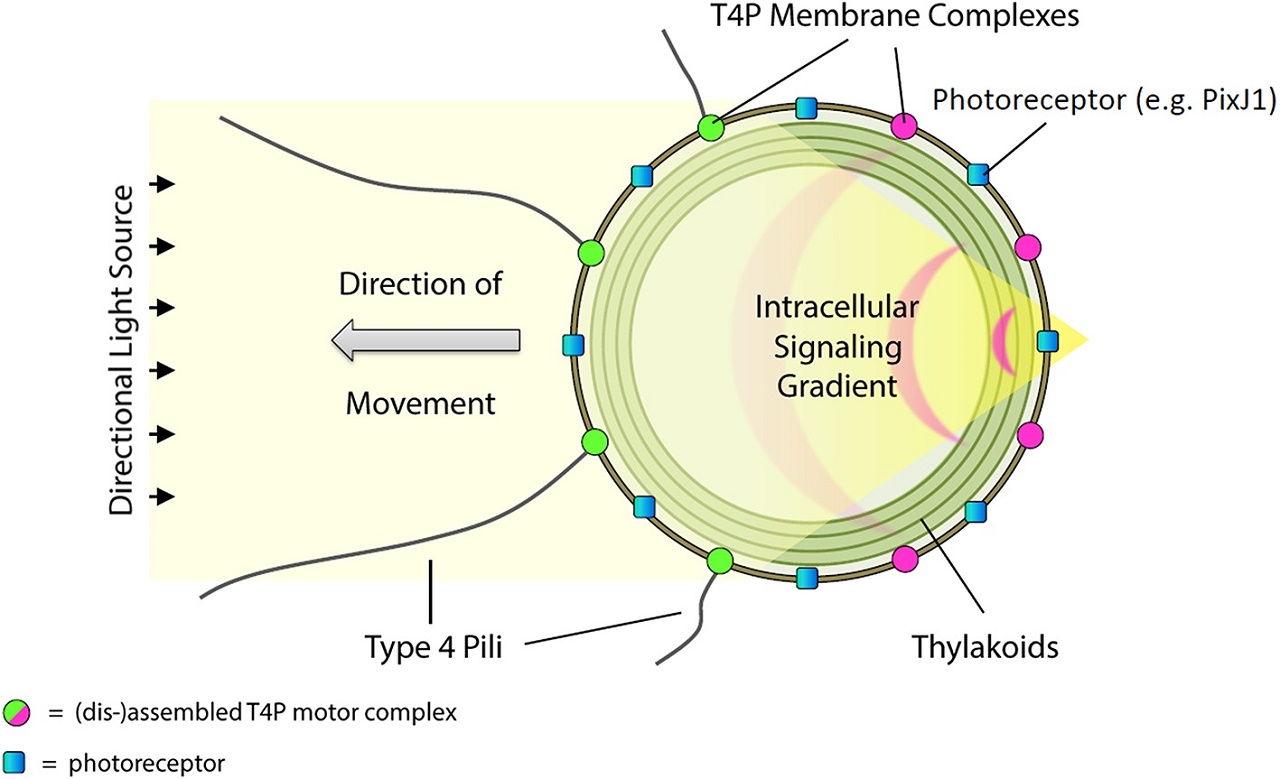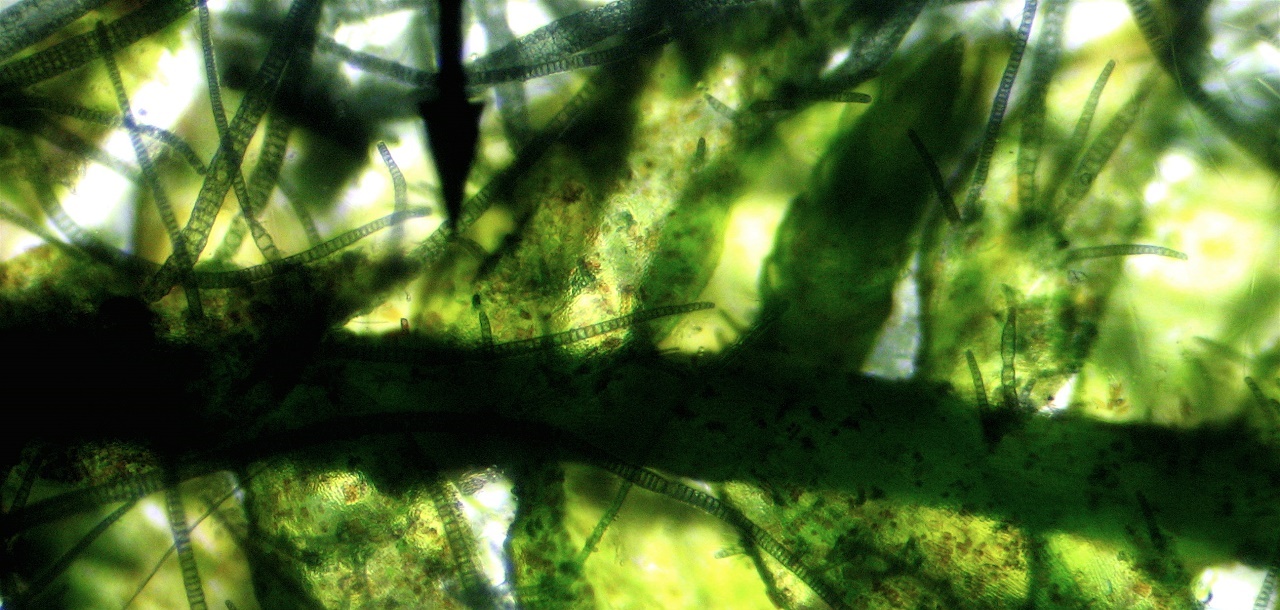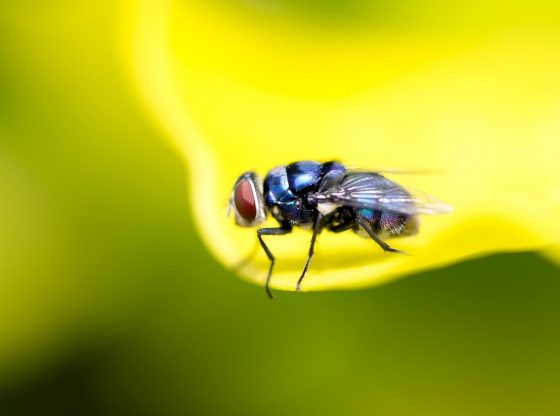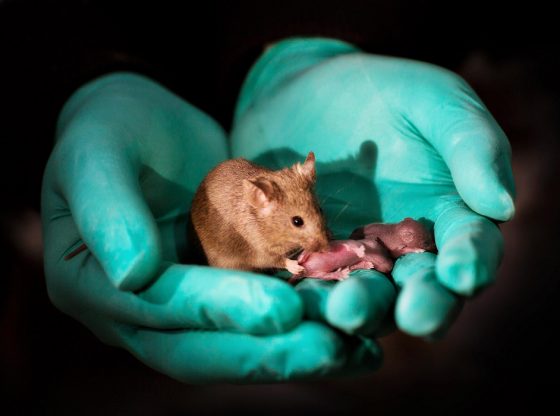It has long been known that many species of oxygen-producing bacteria – cyanobacteria – can move in the direction of sunlight.
Evolution of The Eye Started With Bacteria

Genetic research shows that these bacteria have photoreceptors that react to light (phototaxis), but exactly how this helps them to orient themselves in the direction of the sun’s rays have been unknown.
Now, an international team of researchers has discovered that the cell wall can act as a lens that refracts the incident of sunlight so that it is focused at a specific point on the opposite side of the cell wall.
These organisms, which measure only a few lengths of a light wave, were previously thought to be too small to perceive differences in light between the front and back side of the cell.
Photoreceptors in the illuminated dot are then activated and the bacteria ‘know’ in which directing the sun is. Since the entire bacterium functions like a lens, the organisms can concentrate light, creating a pronounced light gradient within the cell. The bacteria thus functions in much the same way as our eyes.
Crawling Bacteria
The researchers have studied the particular bacteria Synechocystis. It cannot swim but can crawl on slippery surfaces using pili, these are hairlike appendages found on the surface of many bacteria.
The researchers placed bacteria on a specially constructed microscope and then studied their movements in relation to changing directions of light.
The bacteria crawled toward the light source and the researchers could see that the light was broken on the far cell wall, relative to the light source.
A Very Old Organism
Cyanobacteria have been around on Earth for 2.7 billion years and can be found anywhere where there’s light; in ice, deserts, rivers, and lakes. They use light to produce energy by the process of oxygenic photosynthesis. In the oceans, which cover roughly 70 percent of Earth’s surface, oxygen-producing cyanobacteria are among the most important photosynthetically active organisms and they are thus a central component of the biosphere.
Since cyanobacteria have been around for so long. It is very likely that they are the very first organisms that could ‘see’ their environment according to the researchers.
The study Cyanobacteria use micro-optics to sense light direction has been published in Elife. Click here to view a video demonstrating the experiment.
_____________
Cyanobacteria use micro-optics to sense light direction
__________________________























